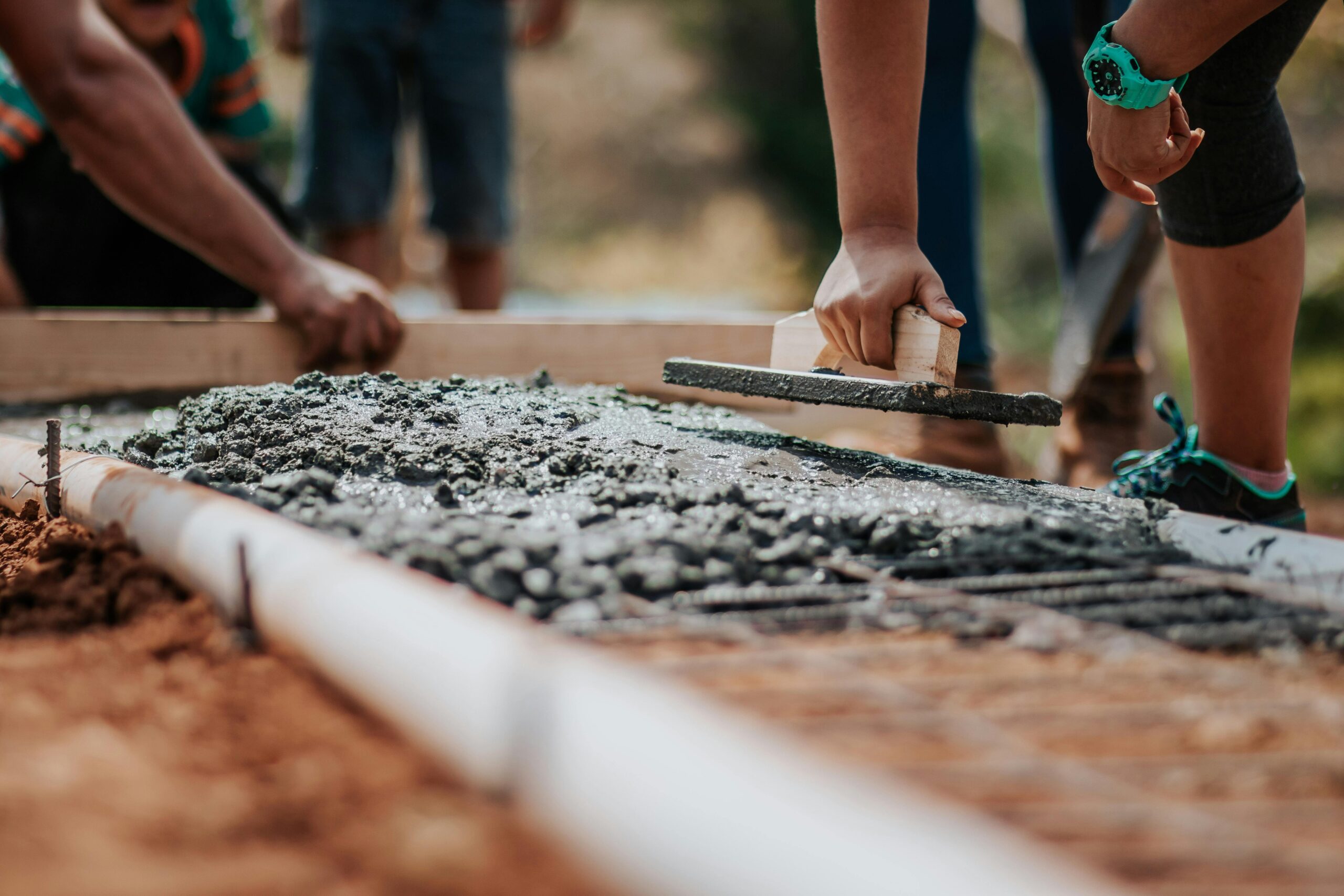- Construction projects are big tasks that need limited planning, correct work as well as and knowing incisively how much everything costs. Whether you are a pro constructor or just fixing up your own place, knowing how to justify building costs was super authorized to make sure your learning and painting estimating services went well. In this guide, we explained all the authorized stuff about estimating costs, so you could budget and plan your learning confidently.
Preliminary Assessment
Before getting into the specifics of estimating costs, it is important to first look at the big cinema of what the learning involves.
This means gathering authorized info like the building plans, what the site is like, what materials you need, and any rules you have to follow. By doing this first assessment, you get a clear idea of what the student needs and what might have affected how much it cost. Taking the time to do this early estimate is key to making sure your cost estimates are accurate. It helps you spot any challenges or exceptional requirements that could have changed the costs later on. This way, you could make smarter decisions through the project.
Quantity Takeoff
Now it is time to learn incisively how much of everything we need for the project. This step was called a bar takeoff. We guardedly looked at the plans and drawings to learn how many materials, workers, and seats we needed, like concrete, steel, wires, and plumbing stuff. With the help of exceptional parcels and experts in the field, we could make detailed lists of everything required. Getting this bar mockery right was super authorized because it is the basis for estimating costs accurately. Knowing incisively what materials and labor we need helps us come up with a correct cost estimate. By using the modish engineering and methods as well as building folks could make this ferment smoother, with fewer mistakes, and make the whole learning more efficacious and cost effective. .
Cost Analysis
Now that we know how much stuff we need, it is time to learn how much it all costs. This step was called cost analysis. We look at how much materials, workers as well as ‘ and sat cost per unit as well as per feather foot or per hour. To do this, we checked out modern day prices in the market as well as got quotes from suppliers and subcontractors, and thought about things like where the learning was and how long it took. By using past data, manufacturing standards, and keeping an eye on what is happening in the foodstuff right now, building folks with outsource electrical estimating could make sure their cost estimates are spot on. Cost psychoanalysis was not just about materials and labor, though.
It also includes other expenses like bangs and how much gain we want to make. By doing a thoroughgoing cost analysis, everyone involved can find ways to save money, use resources best, and come up with budgets that make sense for the project.
Contingency Planning
Construction projects ever have surprises, so it is smart to plan for them. Experienced estimators set aside some extra money as well as called a continence fund, to cover unexpected stuff like changes in the design,’ not having plenty of materials, or bad bold causing delays. The sum set aside for continence can vary depending on how complicated the learning is and what risks there are. Having this co-occurrence plan helps deal with unexpected costs and keeps the learning on track. To do this unitary it is authorized to be active about managing risks.
This means thinking ahead about what could have gone awry, figuring out how bad it would have been if it did, and coming up with ways to minimize the impact. By having clear plans and measures in place,’ learn teams could deal surprises best, keep things moving forward as well as and avoided going budget or fell fanny schedule.
Value Engineering
To get the most bang for their buck, building folks often used a proficiency called value engineering. This means taking a close look at the learning plans to find ways to save money without cutting corners on quality. They might have found places where things are done in a more complicated way than necessary, or where there is stuff that is not actually needed. Then, they offer smarter, cheaper ways to get the same results. By getting architects, engineers, and contractors to work together, value engineering encourages them to come up with new ideas and be more resourceful, so they could reach their goals without blowing the budget.
Value engineering is not just about saving money; it is also about getting better at what they do. By challenging the usual way of doing things and being creative, learning teams can find concealed ways to make the learning easier and cheaper. This makes clients happy and helps them succeed.
Life Cycle Cost Analysis
It was not just about building something; it is about thinking long term. Lifecycle cost psychoanalysis is about looking at all the costs associated with owning and keeping up a building over its whole life. This includes things like repairs, vigor bills, and lastly replacing or fixing things up. By considering all these costs upfront, people could make smart decisions about things like what materials to use and how to make the building more sustainable.
Lifecycle cost psychoanalysis helps decision making by showing how clear cut choices affected the building’s costs over time. By comparing options, learning teams could learn out what gave them the best value in the long run, while also meeting their goals and values.
Communication and Collaboration
Good communication and teamwork were super authorized for getting the building cost right. Everyone involved in the project,’ like the owners, architects, engineers, contractors, and suppliers, needs to work intimately together. By being open and sharing updates regularly, everyone could stay on the same page, find ways to save money as well as solve any problems that come up quickly.
When there is an assimilation of trust and respect, teams could work unitedly best, avoid misunderstandings, and make clients actually happy. When people communicate openly and work as a team, it builds trust and makes it easier to solve problems.
By working together through lumber estimating services, teams can use everyone’s expertise to catch challenges as well as make the learning best, and make clients actually happy with the results.
Conclusion
Figuring out how much a building will cost is not easy—it takes a mix of skills, know-how, and smart thinking. By following the steps in this guide and using modern day tools as well as building folks could come up with cost estimates that they could trust. Whether it is a big new building, fixing up an old one as well as or a small project, knowing how to justify costs helps you make smart choices, deal risks well, and get the results you want without blowing the budget.










